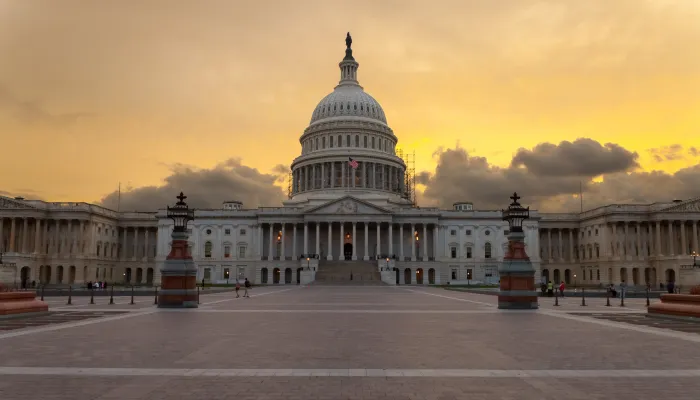Debt Limit Coming Nov. 5 - Time for Reform?
Yesterday evening, Treasury Secretary Jack Lew indicated that the extraordinary measures Treasury is using to avoid breaching the debt limit will run out on about November 5, sooner than previously thought.
In the spring, we published a paper through our Better Budget Process Initiative making recommendations to improve the debt limit, and in July the Government Accountability Office released proposals for reform.
Our paper divides the changes into four broad categories: linking debt limit changes to achieving fiscal targets, incorporating the debt limit into Congress's decision making, applying the debt limit to more meaningful measures, and replacing the debt limit with a limit on future obligations. The ten options are below:
Link changes in the debt limit to achieving responsible fiscal targets
1) Provide Presidential authority to increase the debt limit if fiscal targets are met
2) Provide Presidential authority to increase the debt limit if accompanied by a plan to put debt on a declining path as a share of GDP
3) Suspend the debt limit automatically if fiscal targets are met
Incorporate the debt limit into Congress’s fiscal decision making
4) Automatically increase the debt limit upon passage of budget resolution
5) Require reconciliation instructions to increase the debt limit to accommodate debt levels in the budget resolution
6) Require legislation with significant net costs to include an increase in the debt limit
Apply the debt limit to more economically meaningful measures
7) Subject debt held by public instead of gross debt to the debt limit
8) Index the debt limit to GDP growth, effectively capping debt-to-GDP
Replace the debt limit with limit on future obligations
9) Apply the debt limit to future liabilities and unfunded obligations
10) Replace the debt limit with a “debt cap”
The paper goes into further detail on the advantages of these approaches. These ideas would make the debt limit more meaningful, make Congress more accountable for decisions that lead to the need for debt limit increases, create incentives for policymakers to enact fiscally responsible policies before debt is incurred, and limit brinkmanship in eras of fiscal responsibility.
As policymakers confront the debt limit in the near future, we hope they consider these options to make the process less painful and more productive. As the paper concludes:
There are numerous options for reforming the debt limit which reduce the risk of a default while providing both carrots and sticks to encourage fiscal responsibility and providing greater accountability in the budget process. Reforms of the debt limit could also make the debt limit a more meaningful measure of our fiscal condition and create a greater link between the debt limit and the policy decisions affecting the debt.
Click here to read "Improving the Debt Limit"
Click here to read more from the Better Budget Process Initiative


